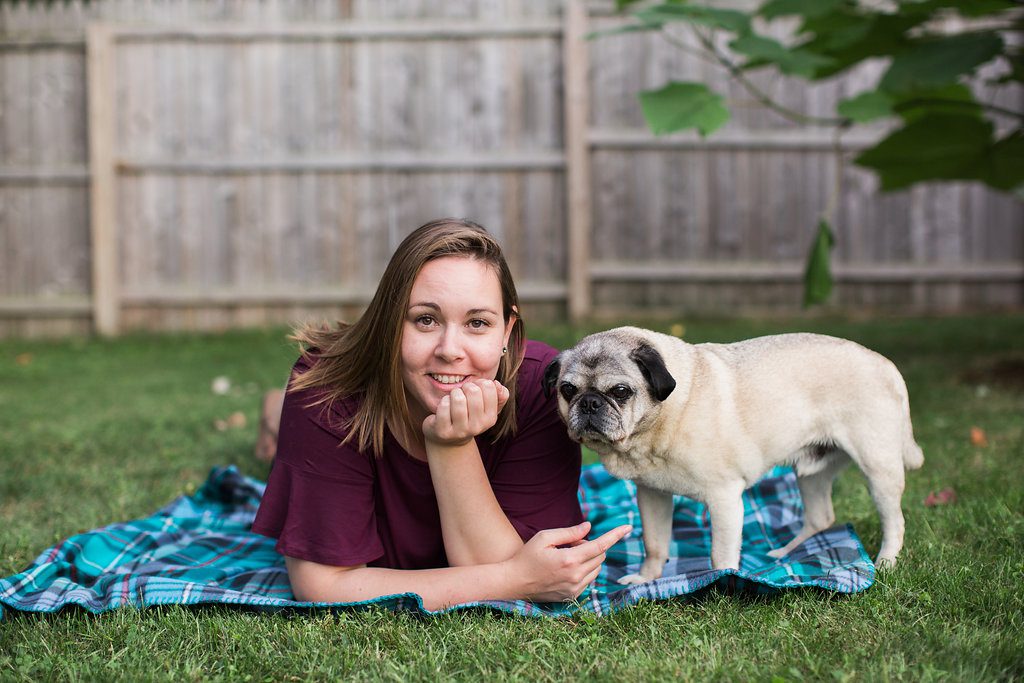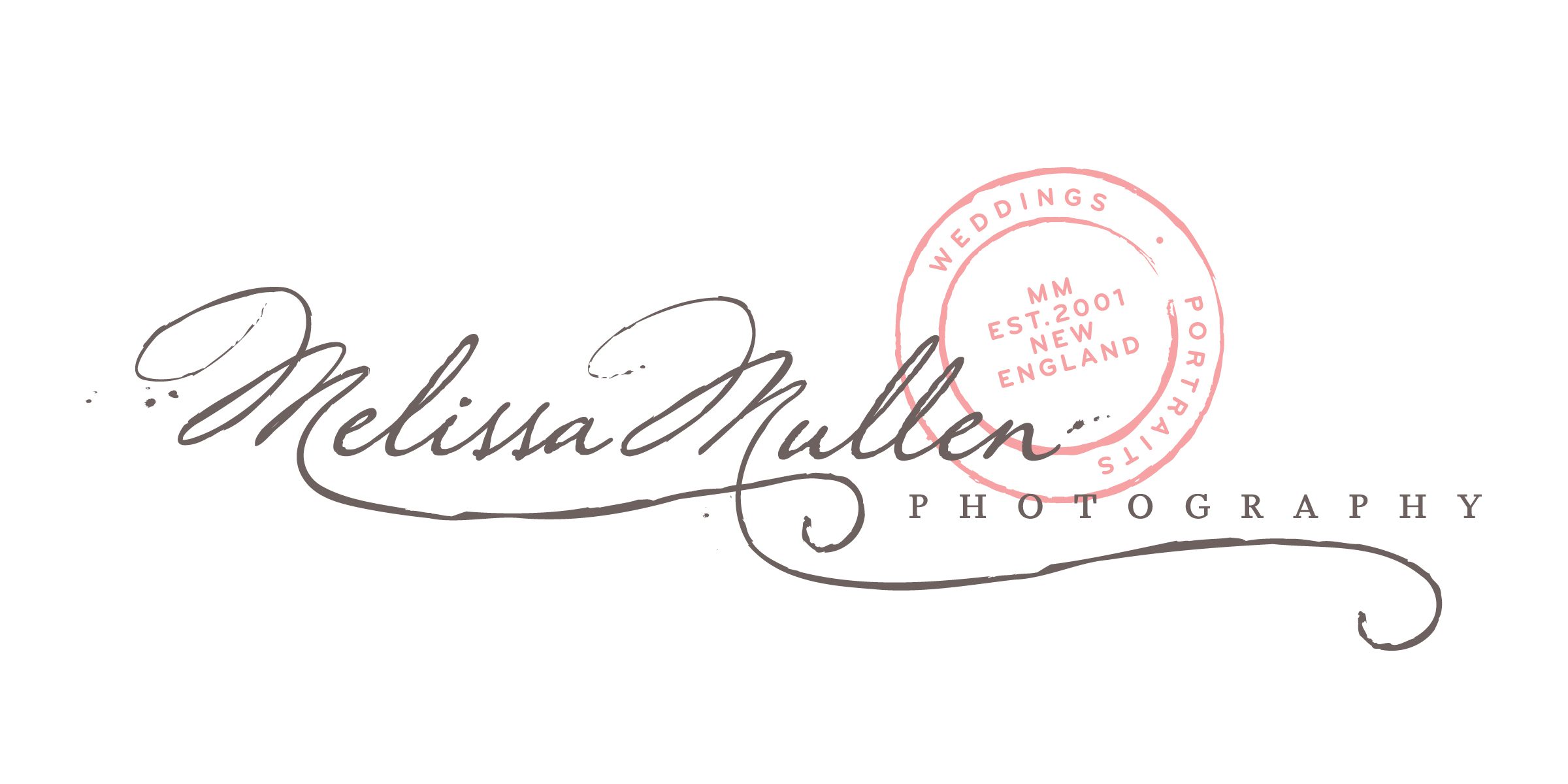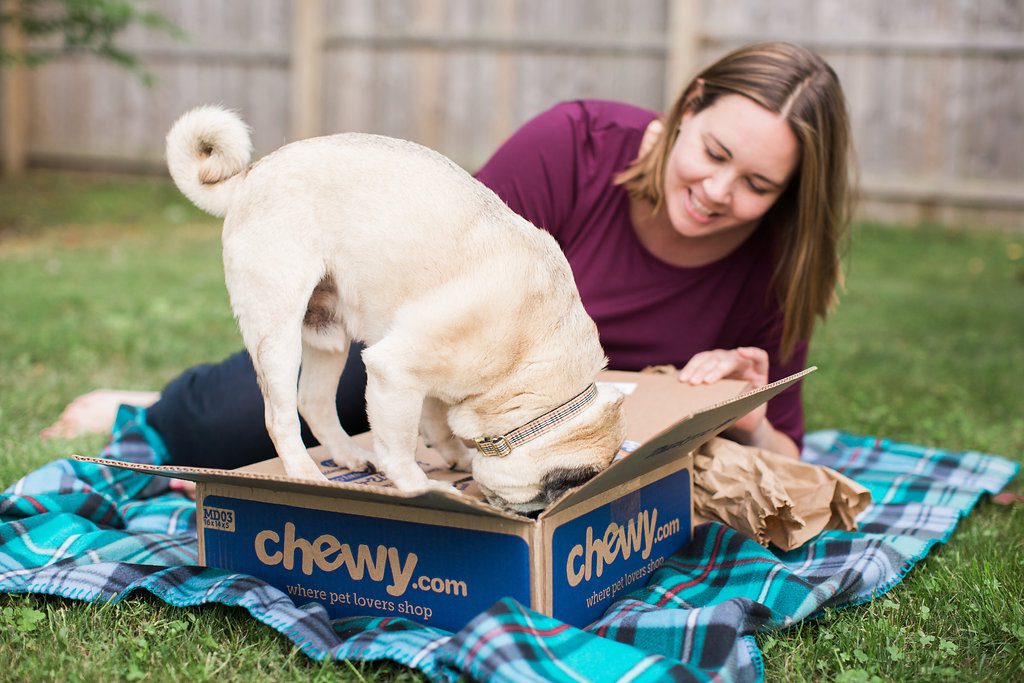As an event photographer, I get asked a lot how I am able to capture such important moments without distracting from the main event. In reality, a lot goes into prepping for an event, and there are four steps I take to make sure I do my best job.
I find communication is key to capturing the best moments of your event. I want to make sure I understand how the day is expected to unfold and what moments will be the most important to you. Two months before a wedding, I’ll send out an extensive questionnaire to get all the information about their event, from what time the event starts all the way down to the parking situation. This way, we have a guide so that on the wedding day, we can just have fun and not plan as we go.
I also send out newsletters that explain my policies, how to reach me, and a typical timeline for photographing events so that they are not surprised when the day comes. Communication is important on both sides to make the job as seamless as possible.
Another important aspect of event photography is knowing the gear you will be using. As a professional photographer, you must come equipped with the gear needed to capture the important moments.

When I photograph an event, I take upwards of 2,000 photographs. That’s a lot of bicep curls with a heavy camera. I took notice of a filmmaker named Meg Simone at a wedding and realized she wasn’t hand holding her camera. She was using a monopod. That’s why I got a one. The monopod helps me capture candid moments like toasts and guest reactions with just a swivel of the pod. It makes the movement of my photographs much more fluid, and leads to better pictures overall.
The right gear can free me up to be more present, capture moments faster, and even be stealthier – not getting in the way as much.
A third way I can capture the best moments of your event is by working with an assistant. When principle photographers have an assistant, they no longer have to waste time fumbling with equipment or looking for items/people. With a second person snapping photos or helping with the preparations, there will be no missed opportunities to take real, meaningful pictures.
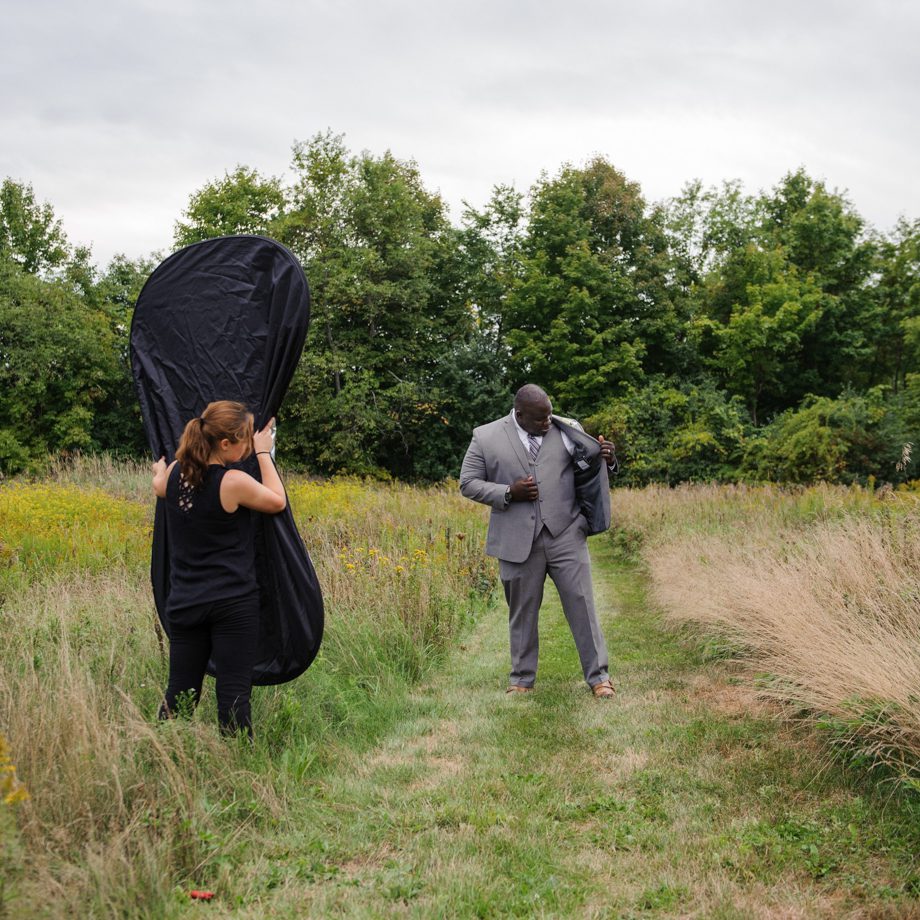
When I’m photographing a wedding with more than 100 guests, I like to have an assistant, as well as a second photographer. I love the type of assistant who seems to read your mind, needs very little direction and constantly makes sure I’m hydrated. It’s a lot of fun when you find the right crew.
Finally, one way a client can help is to make sure their photographer and your other vendors are on the same page. This is so important to hosting a flawless event. Share their contact information before the wedding so that they can go over any rules, policies, or requests that may conflict (or even help) everyone do their jobs a little bit better.
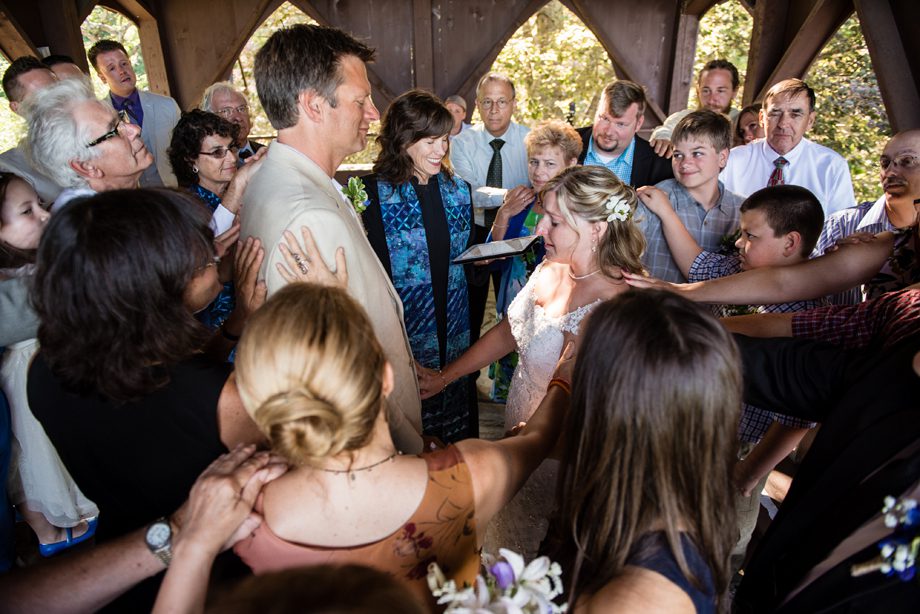 One vendor I always check in with is the officiant. I want to make sure we’re on the same page for where I’ll be standing, especially during the processional. My main goal is to provide the best photographs of each part of the wedding day so if there are certain rules, I like to know ahead of time. That way, for example, I can plan out my team’s placement for how the ceremony be captured.
One vendor I always check in with is the officiant. I want to make sure we’re on the same page for where I’ll be standing, especially during the processional. My main goal is to provide the best photographs of each part of the wedding day so if there are certain rules, I like to know ahead of time. That way, for example, I can plan out my team’s placement for how the ceremony be captured.
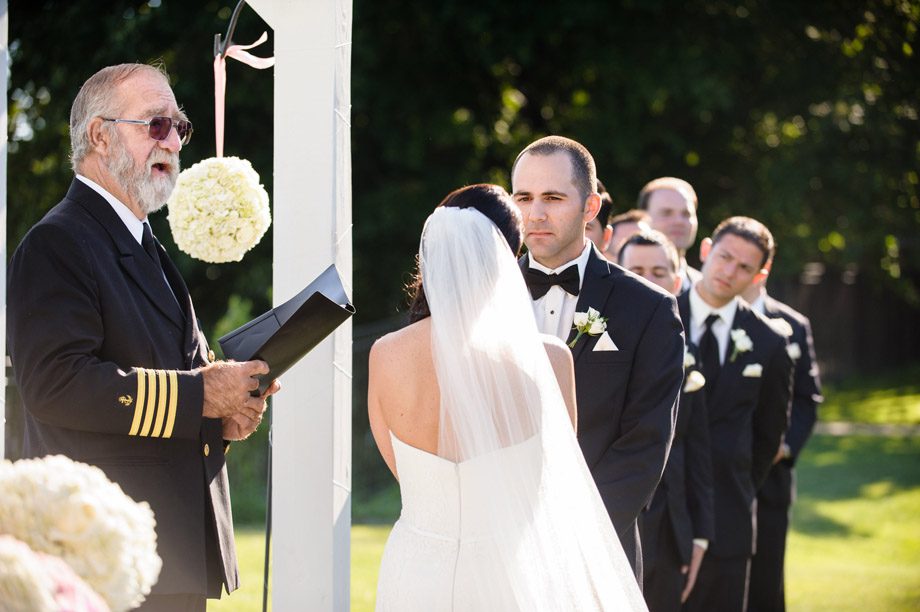
Officiant : Captain Ken Barnes
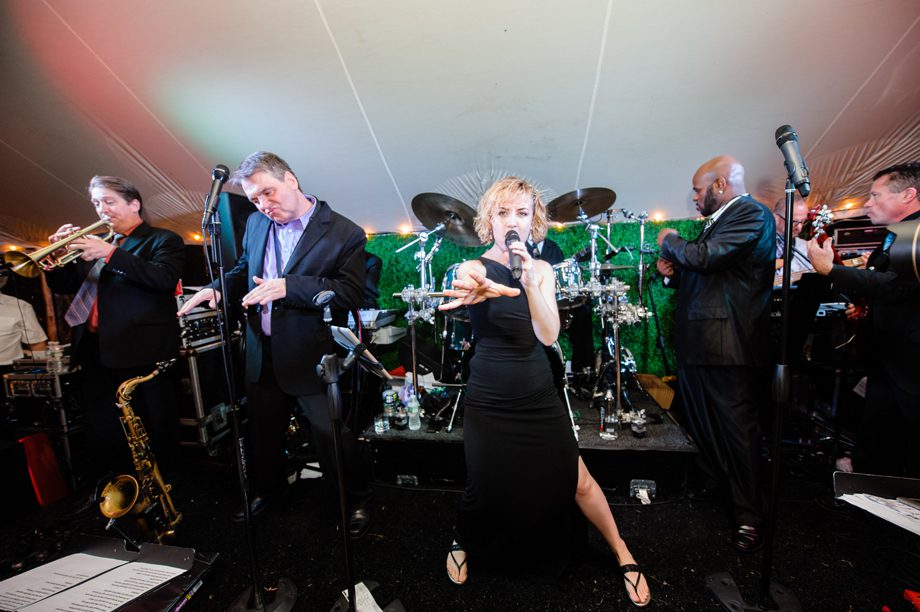
Another vendor that is important to connect with is the entertainment for the reception. They have a timeline of what will go down from toasts, dances and cake cutting. If we’re not on the same page, I could be in the bathroom while you’re dancing with your love and that would be down right awful.

So there you have it! The top four ways I can capture the best moments of your event.

If you have any questions or would like to book a session, feel free to contact me.
xoxo…
